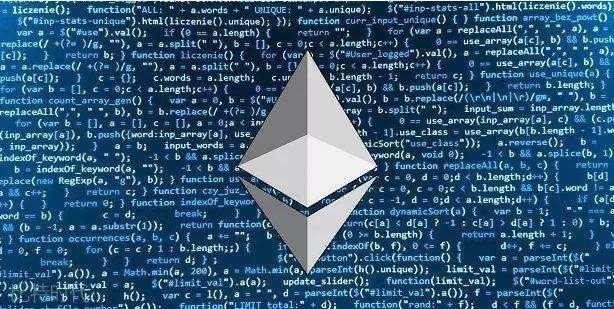
Countdown to Eth 2.0: A Comprehensive Guide
As the blockchain world eagerly anticipates the launch of Ethereum 2.0, it’s essential to understand the significance of this upgrade and what it means for the future of decentralized finance and the Ethereum ecosystem. This article will delve into the various aspects of Eth 2.0, providing you with a detailed and multi-dimensional introduction.
What is Ethereum 2.0?
Ethereum 2.0, also known as Eth 2.0, is the highly anticipated upgrade to the Ethereum network. It aims to address several limitations of the current system, such as scalability, security, and decentralization. Eth 2.0 will introduce a new consensus mechanism called Proof of Stake (PoS) and a sharded architecture to enhance the network’s performance.
The Transition to Proof of Stake
One of the most significant changes in Eth 2.0 is the shift from Proof of Work (PoW) to Proof of Stake. This new consensus mechanism will allow validators to participate in the network by staking their ETH, rather than mining. The transition to PoS is expected to reduce energy consumption and improve network security.
| Current Consensus Mechanism | Proof of Work (PoW) | Proof of Stake (PoS) |
|---|---|---|
| Energy Consumption | High | Low |
| Security | Depends on mining power | Depends on staked ETH |
| Decentralization | High | Depends on the number of validators |
The Sharding Architecture
Eth 2.0 will implement a sharded architecture, which will allow the network to process transactions in parallel across multiple shards. This will significantly improve the network’s scalability and reduce transaction fees. The sharding process will be managed by a new consensus layer called the beacon chain.
The Beacon Chain
The beacon chain is a critical component of Eth 2.0, serving as the foundation for the sharded architecture. It will manage the validator selection process and ensure the synchronization of shards. The beacon chain will also be responsible for executing cross-shard transactions and maintaining the overall network security.
The Transition Process
The transition to Eth 2.0 will be a gradual process, with several phases. The first phase, called the deposit contract, has already been launched, allowing users to lock their ETH and become validators. The next phase, called the phase 0, is expected to be launched in 2021, introducing the beacon chain and the PoS mechanism.

The Impact of Eth 2.0
The launch of Eth 2.0 is expected to have a significant impact on the blockchain industry. By addressing the limitations of the current system, Eth 2.0 will make Ethereum more scalable, secure, and energy-efficient. This will likely attract more developers and users to the platform, further solidifying its position as the leading decentralized finance platform.
The Road Ahead
While the countdown to Eth 2.0 is well underway, there are still challenges to overcome. The transition process will require careful planning and coordination among the Ethereum community. Additionally, the success of Eth 2.0 will depend on the adoption rate of the new features and the overall performance of the network.
In conclusion, the countdown to Eth 2.0 is an exciting time for the blockchain community. By understanding the various aspects of this upgrade, you can better appreciate its potential impact on the future of decentralized finance and the Ethereum ecosystem.





